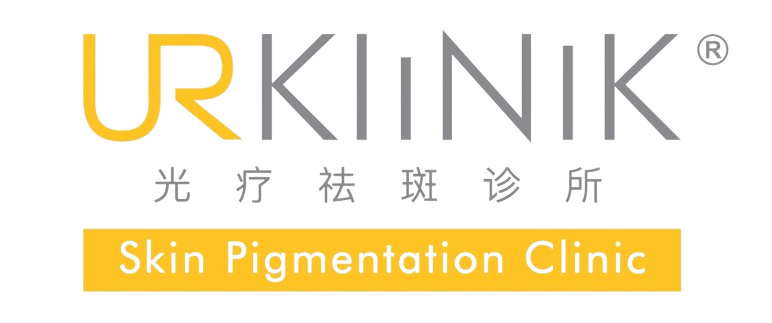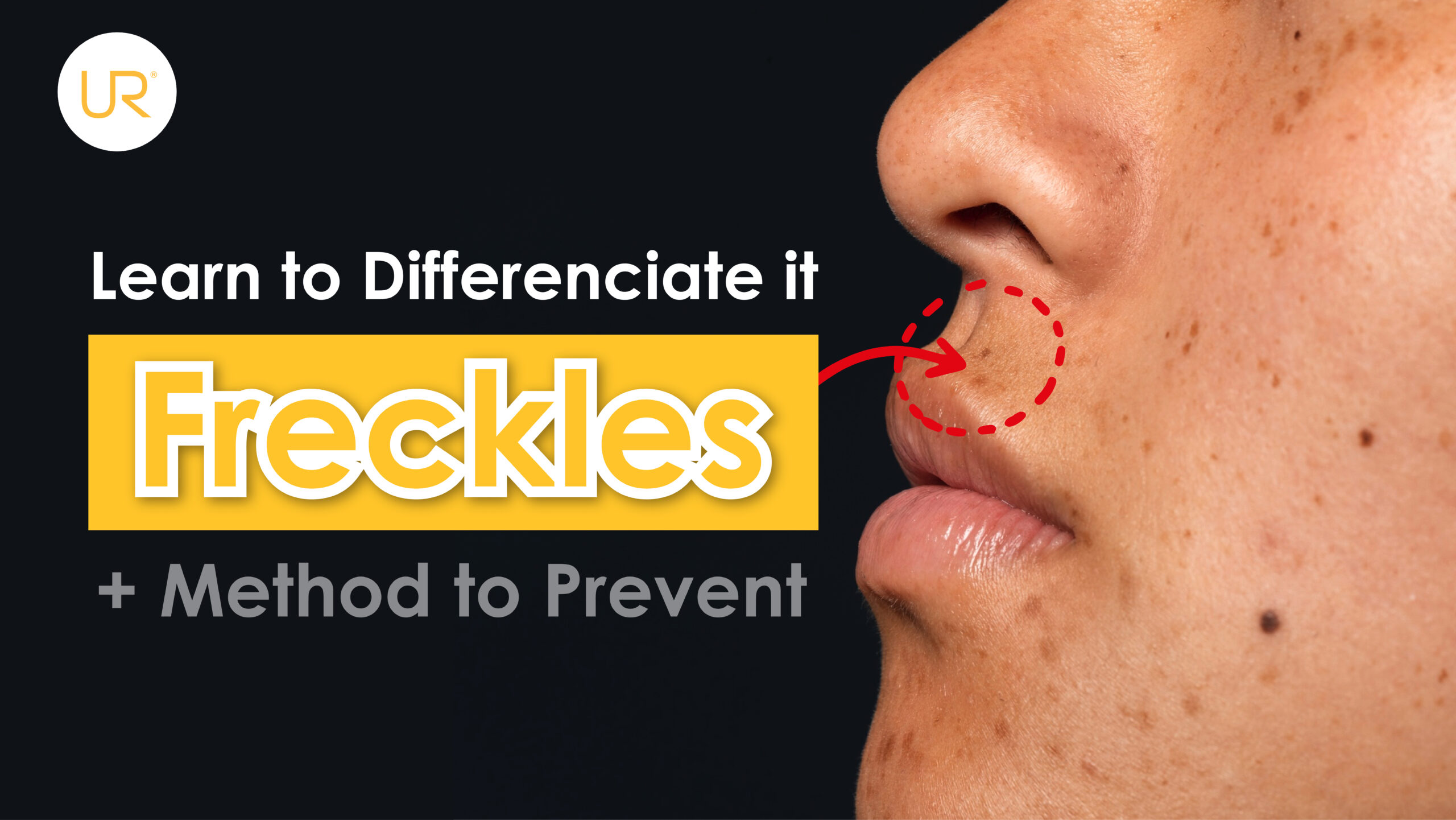
28 Dec Freckles: Characteristics and Methods to Remove Them in Malaysia
What is freckle?
Freckles, the lay term for ephelides and lentigines, are important pigmentation characteristics observed in humans. Both are affected by sunlight; ephelides are largely genetically determined but induced by sunlight.
Your skin contains cells called melanocytes that produce the pigment melanin. Melanin helps protect your skin from the sun’s ultraviolet rays. Sun exposure encourages melanocytes to produce more melanin. Freckles are a build-up of melanin on your skin’s outer layer.
An autosomal dominant inheritance is likely, so that patients can be questioned about familial involvement.
On physical examination, lesions are well demarcated, round or irregularly shaped macules of light or dark brown color. They are less than 3 mm and generally multiple. They are most commonly seen on sun-exposed body surfaces such as the face, forearms, chest and back.
Characteristics of Freckles:
| Appearance | First visible at 2–3 yr of age after sun exposure, partially disappears with age |
| Areas affected | Face, neck, chest, arms |
| Size | 1–2 mm and above |
| Borders | Irregular, well defined |
| Color | Red to light brown |
| Skin type | Caucasians, Asians, skin type I-II. |
| Numbers | Few to hundreds |
| Etiology | Genetic |
| Melanocyte number | More |
| ruMelanocyte size | Large, more dendrites |
| Melanosome number | Increased |
| Melanosome size | Large |
| Epidermal rete ridges | Elongated |
| Epidermal pigmentation | Increased |
| Other | Melanin-laden macrophages |
Optimal Therapeutic Approach for this Disease
Sun protection

Sun protection should be stressed as a preventative measure for all patients. It will both help to lighten lesions and is important because these patients are at a higher risk for skin cancer. A sunscreen with both ultraviolet (UV) A and UVB protection should be reapplied every 2 to 3 hours when in sunlight, as well as sun avoidance or seeking shade between the hours of 10 AM and 4 PM. Sun-protective clothing such as wide-brimmed hats and sun shirts can also be recommended.
Topical treatments with retinoids or bleaching agents.
Tretinoin strength can be started at lower doses of 0.025% and increased to 0.1% as the patient tolerates the agent. Hydroquinone 2% over the counter or 4% prescription twice a day may be used for up to six months.
Laser treatments
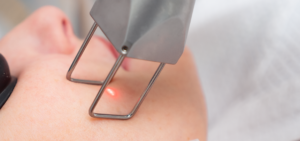
Although costly, laser treatments have been shown to be very efficacious in the treatment of freckles. Both Q-switched NdYag and Q-switched Alexandrite lasers are appropriate for the destruction of melanin containing cells in the epidermis. The Q switched Alexandrite laser is associated with less post-inflammatory hyperpigmentation. The Nd:Yag is has the best efficacy and tolerability at the double frequency 532nm setting with short pulses (10ns). RuVY Touch treatment, utilizing a converted wavelength of 660nm, can be effectively used for treatment of ephelides.
Intense pulsed light
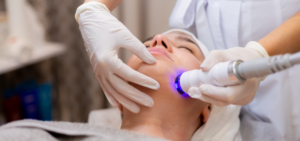
Intense pulsed light can be used for freckle treatment and has minimal post-inflammatory hyperpigmentation, but demonstrates less efficacy than the Q-switched alexandrite and the short pulsed NdYag.
Other treatments
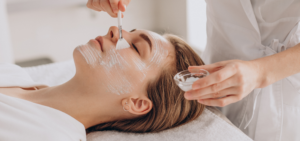
Cryotherapy may be used due it is availability, however there is a risk of pigment alteration and scarring. Superficial chemical peels such as alpha and beta hydroxy acids, Jessner’s, modified Jessner’s, resorcinol and tricholoracetic acid peels (10-15%) are all used for removal of stratum corneum and therefore can even out pigmentation discolorations.
At UR Klinik, we offer effective pigmentation treatment in Malaysia, specializing in light therapy to rejuvenate the skin and address concerns like melasma, hyperpigmentation, and dark spots. Our personalized approach can help you achieve noticeable results. Contact us today to schedule your appointment and experience the transformative power of light therapy.
